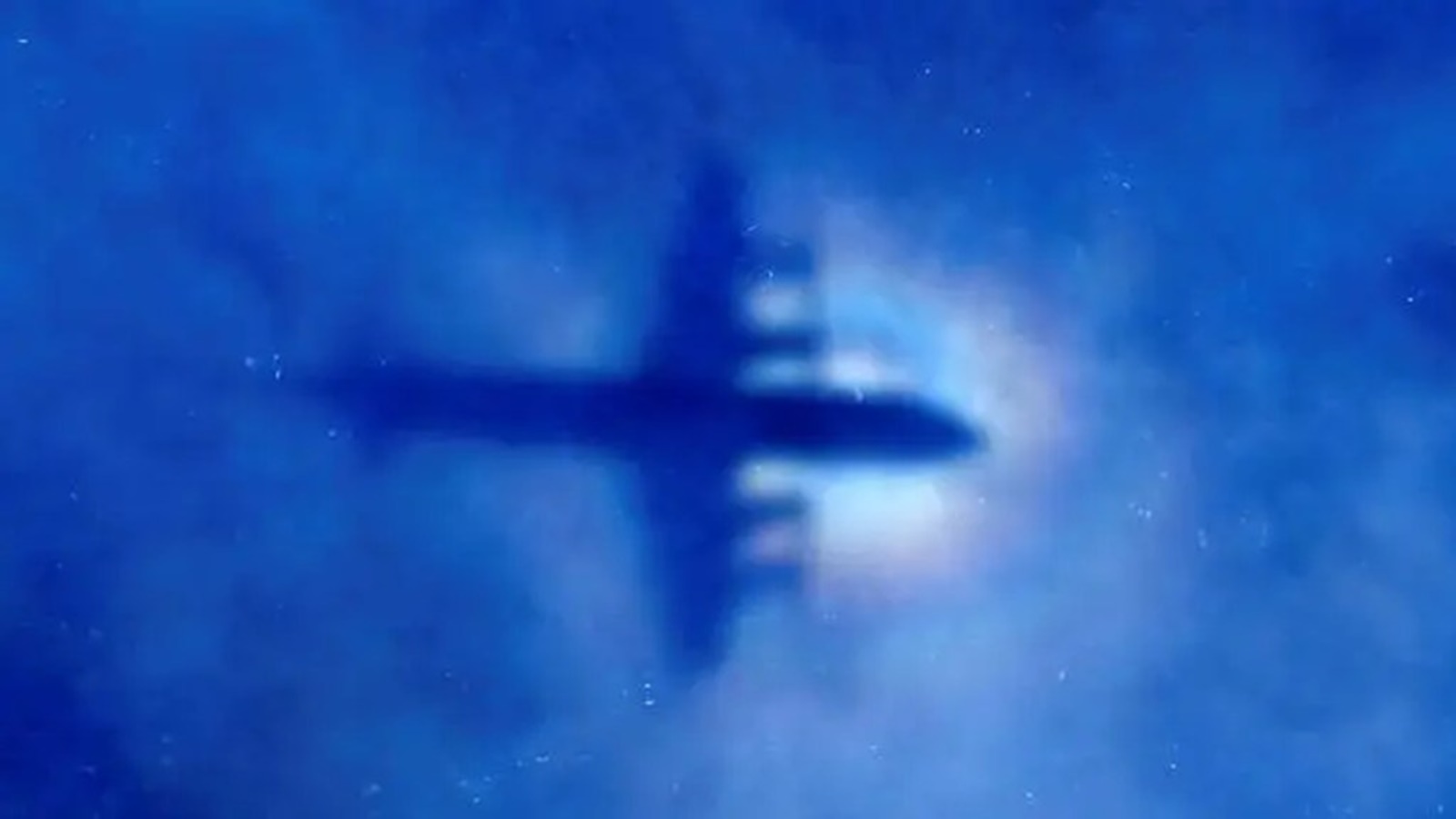After more than a decade, the mystery behind the disappearance of Malaysian airlines MH 370 flight still remains unsolved, but now, researchers at Cardiff University in the United Kingdom have come up with a novel plan to unravel it — sea explosions.
According to the findings of the study published in the Scientific Reports, it recommends that the authorities conduct controlled underwater explosions along the 7th arc and monitor the signals which will be received as a product at the hydroacoustic stations in the surrounding area.
“The main search area at the 7th arc lies less than 2,000km away from the hydroacoustic station at Cape Leeuwin, Australia, with no impediments to filter out the signal,” Dr Usama Kadri, Senior Lecturer at the Cardiff University said, adding that “further analysis and future research are therefore necessary to fully comprehend the detected signals and their implications for MH370’s disappearance.”
The MH 370 flight disappeared on March 8, 2014 when it was flying from Kuala Lumpur in Malaysia to Beijing in China. Despite a multi-nation search for several years, the whereabouts of 239 people, including the passengers and crew, remains unknown.
According to Cardiff University’s official website, the research will focus on the airplane’s final journey in the Southern Indian Ocean and the hydrophone data of the last course, and it will search for the signals generated near the 7th arc, following the official search recommendations.
The researchers have reasoned that any violent impact in the ocean like plane crash produces distinctive acoustic signatures which travel through a long distance inside the water and are recorded by the hydrophone technology from varied locations at the seabed.
For this study, the researchers have analysed more than 100 hours of data captured by the hydrophones after 10 plane accidents and one submarine disappearance.




